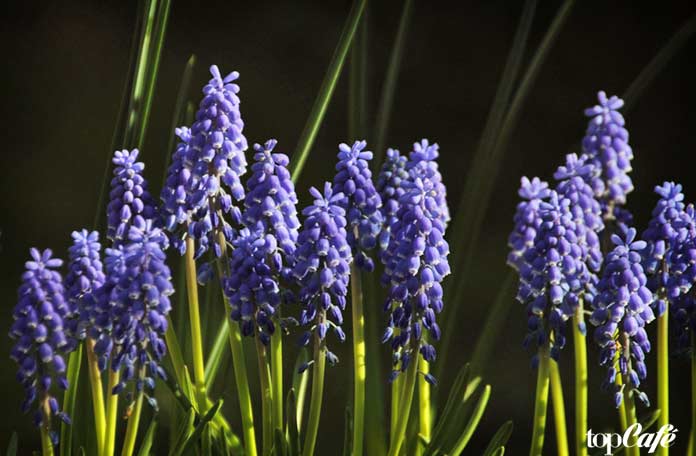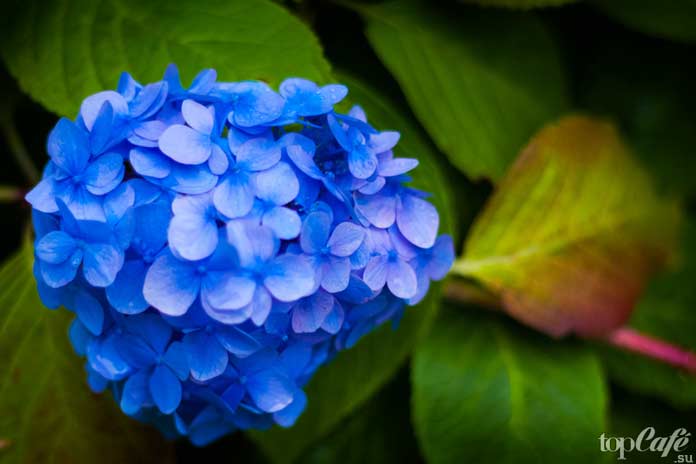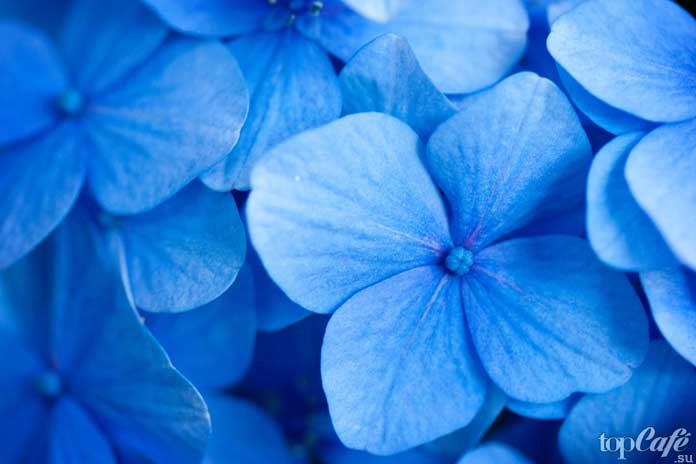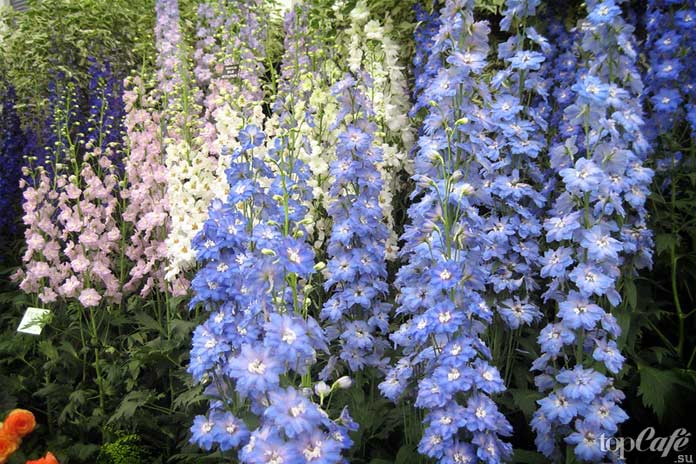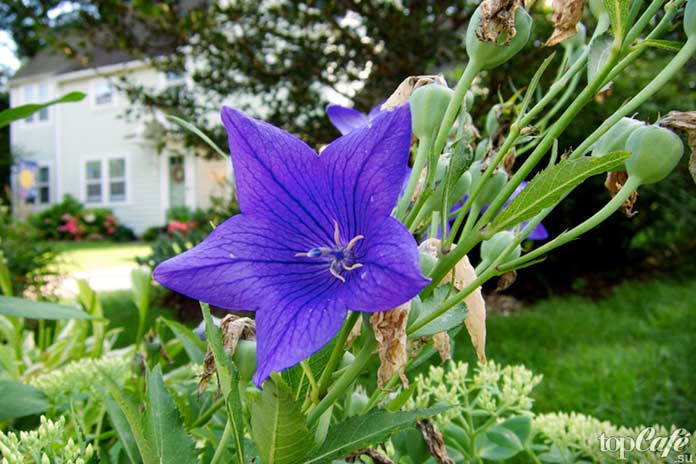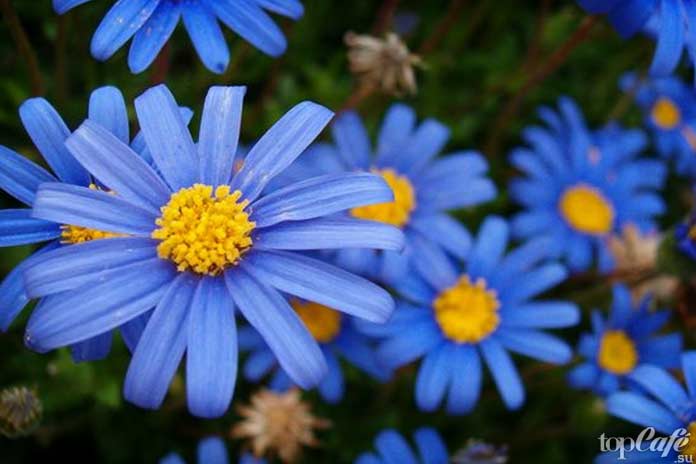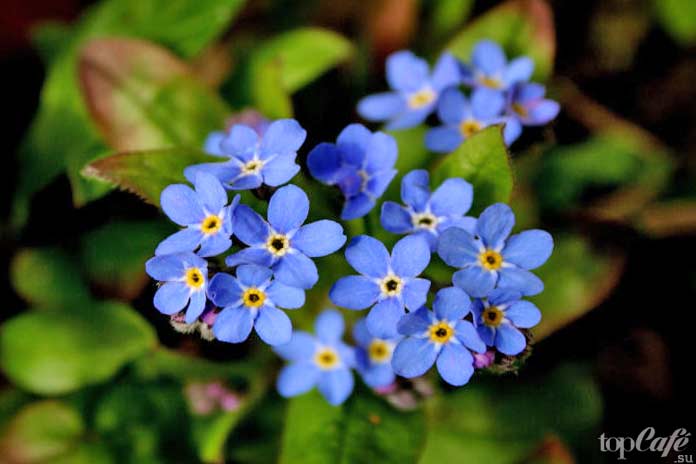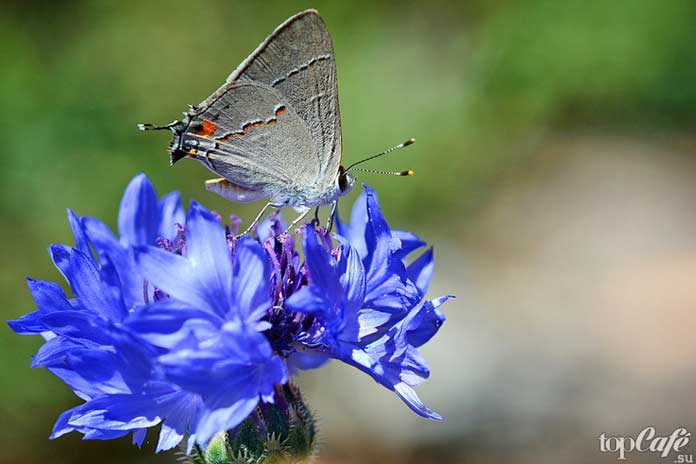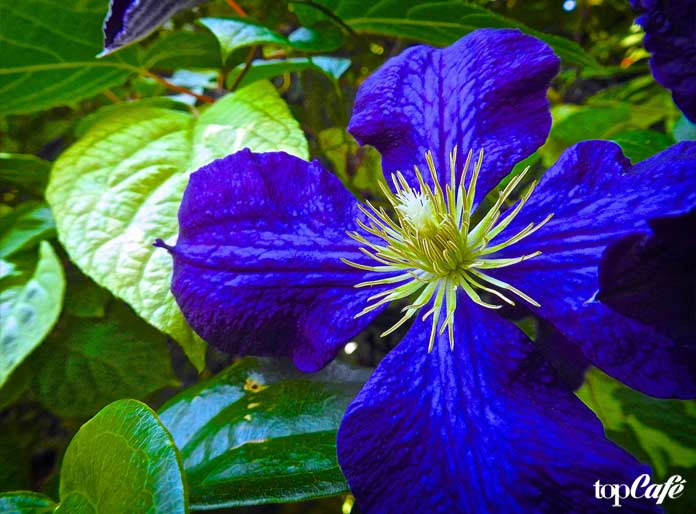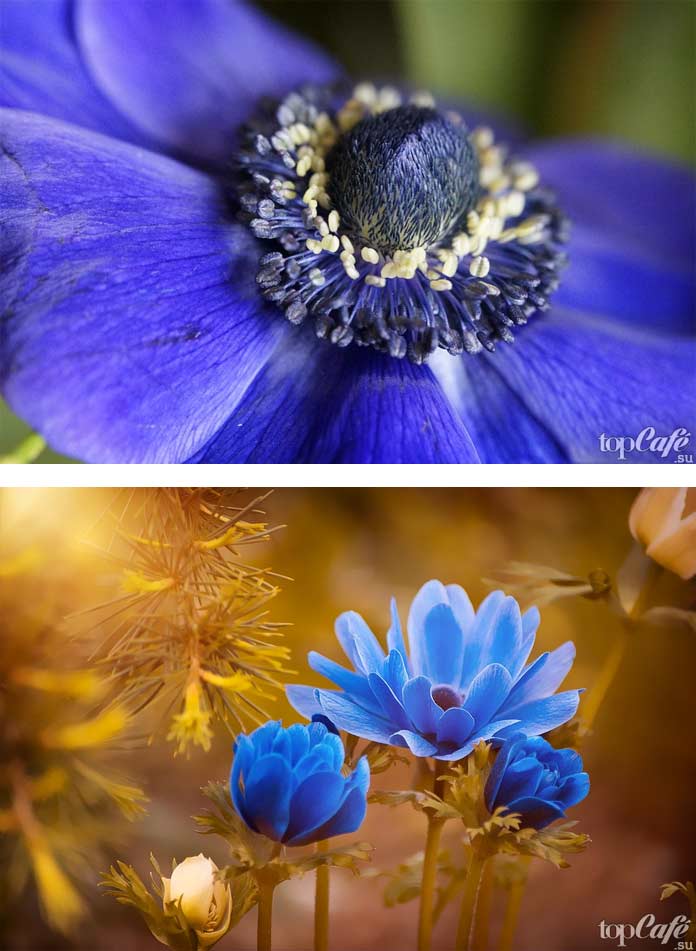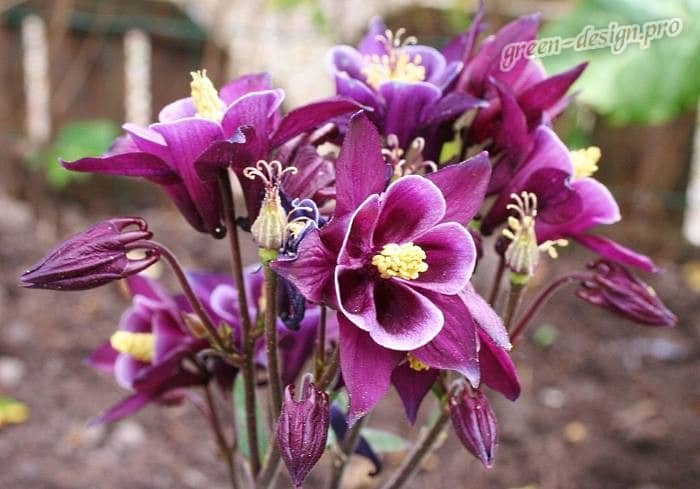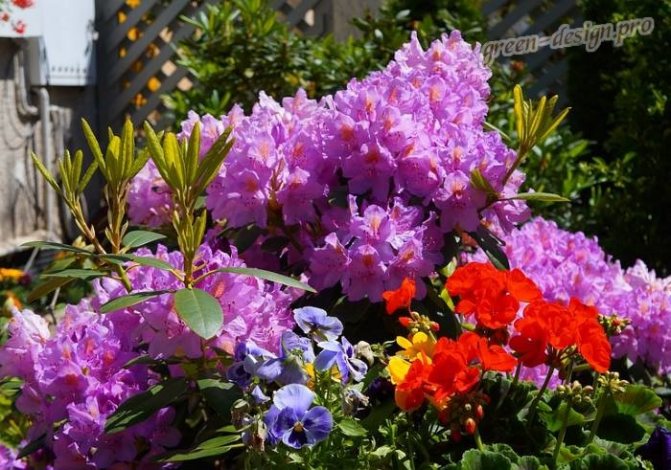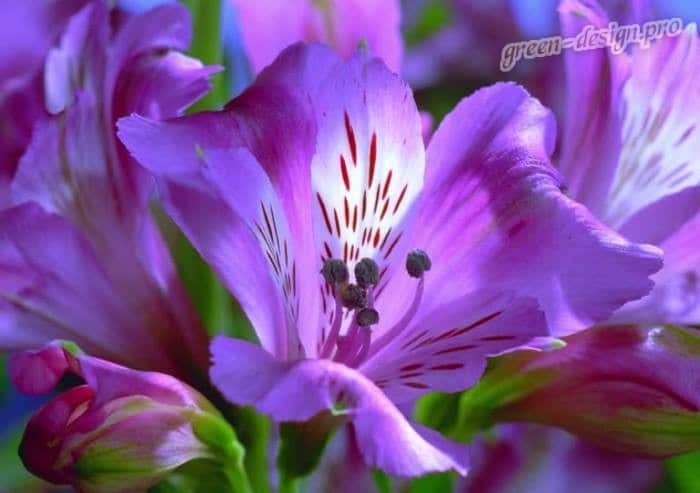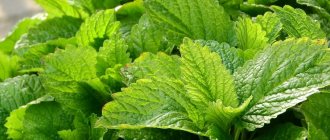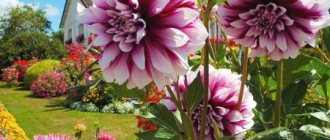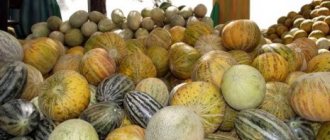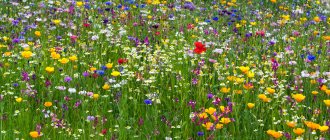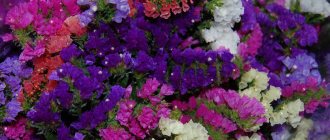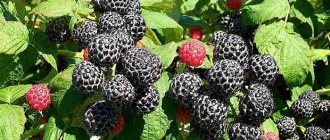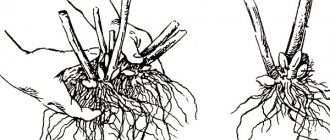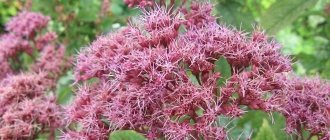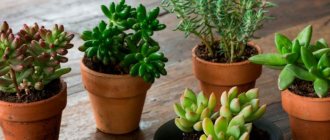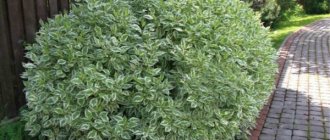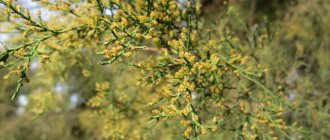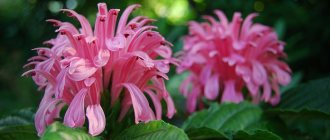Blue is the color of the sky and the sea, calmness, tranquility, joy. Flowers in a similar range will decorate any home and garden, and are also often used in a bride's bouquet, along with buds that have pink or lilac petals. It is interesting to consider in detail the most suitable blue flowers for home and garden cultivation.
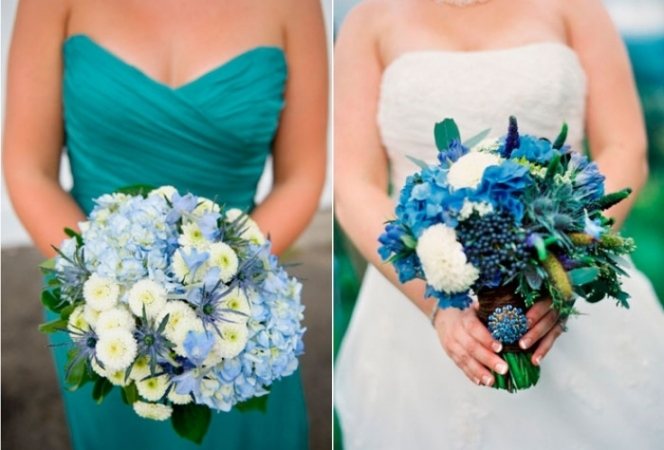
Delicate lobelia
This is a plant that pale blue flowers, can be planted not only in a flower bedbut also in hanging baskets, balcony boxes, flower pots. Blossoming lobelia resembles a blue ball. This flower looks good in a group, for example with a petunia, or in a stand-alone planting.
Lobelia belongs to the bellflower family. Depending on the type of lobelia, it can be:
- Shrub - forms a dense, low abundantly flowering ball, in which leaves are invisible.
- Ampelnaya - it is more difficult to care for this species, the flowering is not so abundant.
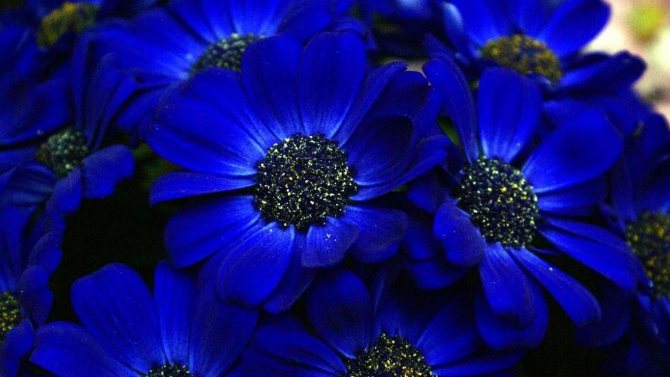

Growing lobelia is a rather laborious process. When sowing seeds for seedlings, it will take about 2 months before the first flowers appear, so you can sow seeds already in February. But due to the short daylight hours in this winter month, you need to think about additional lighting, otherwise the plant will slow down in growth. However, if lobelia is sown in March or April, it will most likely “catch up” with the plants planted earlier.
After planting a lobelia in a permanent place, it needs regular watering because it does not tolerate drought. The scorching sun is contraindicated in its delicate leaves and flowers: they wither and dry up. When growing a flower in a pot, a drainage layer is needed to avoid stagnant water, which is harmful to lobelia. Fertile soil rich in nitrogen fertilizers is not suitable for her. You can make top dressing containing potassium sulfate.
In mid-July, when the formation of new flowers stops, the bush should be cut off, leaving 5-10 cm, after which the lobelia will bloom again.
Peonies are a worthy choice for any occasion
Before collecting a bouquet of lilies, it is better to study the names and photos of its varieties, because these unusual flowers are not always combined with each other. At all times, the lily was considered a symbol of purity and purity, therefore it is most often chosen to decorate a wedding celebration. There are the following varieties of lilies:
- Cream and white - Dewdrop.
- Pink and Lilac - Sonata.
- Orange - Wave.
- Yellow - Autumn Song.
- Red - Scarlet Sails.
Bright orange, yellow and burgundy flowers go well with delicate light bells, daisies, irises. You don't need to think long about what flowers are added to chic bouquets with lilies. These are sprigs of mimosa, and jasmine, and small bush carnations. Each florist compiles his own list of names of beautiful flowers for bouquets with photos and a detailed description of how to create a unique composition.
Curly clematis
This perennial herbaceous or woody plant, also called clematis, belongs to the buttercup family. A blue flower, the name of which comes from the Greek "klema", which means liana. Clematis flowers can be not only blue, but also blue and dark red.
Purple oxalis: growing and care at home
Clematis are prized for the fact that they grow by clinging to supports, so this decoration will liven up a fence, pergola or gazebo. They are planted in early summer in a well-lit place protected from the winds. After planting, you must immediately install the support. Plant care consists in watering, loosening, mulching the soil with peat or humus. Top dressing - full mineral fertilizer or wood ash.
Violet
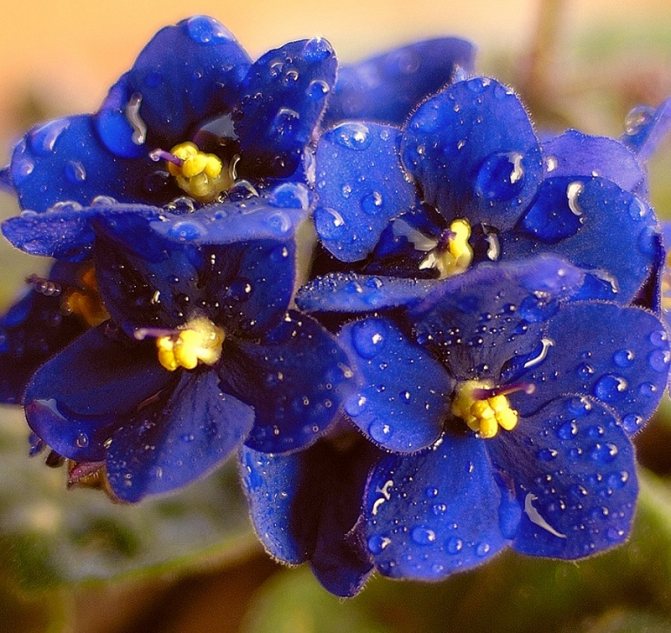

Blooming violet is a pretty houseplant for those who always strive to see a boutique of pretty flowers on the windowsill.
There are a huge number of variations in violet shades, but growers most often breed blue flowers. The advantage of the plant can be considered that it does not require anxious care for itself.
Fluffy ageratum
This plant belongs to the Aster family. It is unpretentious in care and blooms profusely, its flowers look like fluffy stars. In the wild, ageratum is a perennial, but the one that grows in flower beds is an annual. They can be used to decorate curbs, alpine slides and outdoor flowerpots. Ageratum flowers delight all summer and last until frost. Blue and blue shades are of the following varieties:
- Ageratum Mexican Blue is a favorite among gardeners, despite the presence of many other varieties.
- "Blue ball" - a low spherical bush, reaches a height of 20 to 30 cm, flowers diameter - 2 cm. The plant is drought-resistant, the flowering period is from June to October.
- "Blue Hill" - this decorative bush has strong shoots, flowers are bright blue, 5-6 cm in diameter. It begins to bloom in early summer. Marigolds, Korean chrysanthemums, calendula are suitable for joint planting. "Blue mink" is often used for planting on balconies, terraces or gazebos.
- "Blue Hawaii" - this hybrid is decorated with borders and grown in containers, it is very compact, reaching only 15 cm in height. Grows well both in sunny areas and in partial shade.
- "Blue muff" - deep blue flowers, fluffy, reminiscent of fur muffs, stem height - up to 25 cm.
- "Houston Aloha Blue" - features: early flowering, ideal for planting in flower beds, flowers in the form of a fluffy pompom.
- "Blue Lagoon" is a perennial that grows from 20 to 40 cm in height. Fluffy blue flowers are collected in dense clusters. Seedlings are planted in open ground after the danger of frost has passed. It can grow both in light shade and in sunny areas.
Planting and caring for the flower imperial hazel grouse
Spring primroses with blue flowers
Spring primroses include two of the most popular plants. The first is the Hyacinths. The perennial blooms with small blue flowers, collected in a spike-shaped inflorescence at the top of the stem. The garden plant reaches a height of no more than 35 cm. In this case, the inflorescence can be about 25 cm. Small blue flowers look fresh and attractive. The second spring plant is Anemones or delicate primrose. There are many shades with which the buds of this bulbous perennial bloom. Blue is one of the most common. Such plants are used with pleasure for home forcing in winter.
Mouse thorns or muscari can be used to create an attractive backdrop for flowering plants. In Holland, whole paths are planted with them. The plant blooms with blue flowers in dense apical racemes. Single landings do not look as impressive as group landings. Muscari is a great backdrop for daffodils, tulips and anemones.
Lupine and delphinium
Lupine dwarf is ideal for decorating a flower garden with a predominance of blue and blue tones. If you give this flower a large area, it will look very advantageous. Lupines can grow from 15 to 50 cm in height, planting flowers should not be thickened, because they need a lot of space for full development. The distance between flowers can reach 50 cm. In this case, he will be able to form not only one, but several lateral shoots.Intertwined with each other, they look very impressive.
If you leave enough space between the flowers, lupine will bloom longer - up to 2 months. After the end of flowering, fruits with seeds are formed. Next year, they can be planted outdoors in late April or early May.
Delphinium blue looks good in group plantings behind low plants because of its high growth, which can be from 80 to 250 cm.With good care, it multiplies on its own, so you need to control this process. The leaves of the blue delphinium are very decorative, deeply divided, most are concentrated at the bottom of the stem. Delphinium blooms in June - July, its large flowers are up to 5 cm in diameter.
The soil for planting a delphinium should be loamy or sandy loam, containing organic nutrients, well-drained. It is necessary to water the plant two to three times a week, applying fertilizers only during active growth.
Unusual hydrangea
This garden shrub will decorate landscape compositions, gazebos and paths. Blue-flowered hydrangeas are large-leaved hydrangeas. They have rounded inflorescences that bloom for a long time and profusely. Blue flowers are of the following varieties:
- "Mini Penny" is a remontant variety with lush green foliage and spherical flowers of pale blue shades.
- "Ramars" - the flowers of this compact bush can be multi-colored: either purple and violet, or blue-white.
- "Freedom" - only blossoming flowers have a pink tint, which gradually changes to pale blue with white edges.
- "Compeito" - the flowers of this hybrid variety are lilac-blue in color, over time their color becomes deep blue.
- "Performance" - at the beginning of flowering, the flowers are pink, gradually they turn blue.
- "Hopcorn Blue" - Tulip-like blue flowers. It begins to bloom in the second year.
- "Jomari" - double flowers, blue.
Planting and caring for large-flowered trillium
Many varieties are able to change their color from one to another during one summer on their own. If you want to change the color of the bush, it must be watered with a solution of aluminum alum during budding (2 liters of water for 1 tsp of alum). In this case, the white hydrangea will turn blue, pink - lilac, and purple - blue-blue.
Chrysanthemum - golden flower
Varieties of these flowers are widely used to compose gift bouquets, their names and photos are in many reference books for florists:
- Bouncer;
- Anastasia;
- Mona Lisa.
Chrysanthemums of pink, yellow and red shades are widespread. They are delivered to flower markets all year round. These are ideal flowers for professional bouquets, their photos and names are pleasing to the eye, and the live composition looks just wonderful. It is worth not fading for several weeks, just changing the water is enough.
Heliotrope and Brunner
The heliotrope has small blue flowers, the name of which is translated from Greek as "revolving behind the sun." He is from the borage family, most of which are shrubs and herbaceous plants. Not only blue flowers are valued in heliotrope, but also the vanilla aroma that is characteristic of it.
Hybrid types of heliotrope can be blue, white, dark blue. In Russia, only annual heliotropes are grown, due to the winter cold.
The "Sea Breeze" variety belongs to the corymbose. Its small flowers are like ripples that appear on the water. The height of the bush can be 40-45 cm. Suitable for growing on curbs.
Brunner is another representative of the borage family. One of the first to bloom - in April, flowering lasts a month. This plant is undemanding to care for, it grows independently and forms beautiful thickets.
Brunner can be planted in partial shade or shade, it is winter-hardy, in one place it can grow up to 15 years. The best places to plant a Brunner can be:
- Curbs - from low-growing varieties, can be decorated along the paths in the garden.
- Rockery - it is customary to plant a moisture-loving Brunner next to artificial reservoirs. It looks especially impressive next to stones that have a red tint.
- The neighboring flowers for the brunner should be yellow, blue, lilac or white. She will get along well with yellow or white daffodils, lungwort, blue muscari, multiflower milkweed.
- The combination with a rich green color also makes an impression. Fern, hydrangea, astilba, junipers are suitable for joint planting.
For planting, a place where there is sunlight in the morning, and shade the rest of the time is suitable. The soil should be moist and loosened, but without fresh organic fertilizers. If it is possible to plant a brunner at the northern wall of the house, this will be the best option.
Exquisite and luxurious bouquets of flowers in paper 2019-2020
Elegant bouquets of flowers in paper have not lost their popularity and relevance today, being presented in the best design options.
It is worth noting that the paper itself, in which the bouquets of flowers are packed, is of great importance, being very unusual and original. It can be craft paper and the most common ribbons - simplicity and conciseness are in the first place for florists.
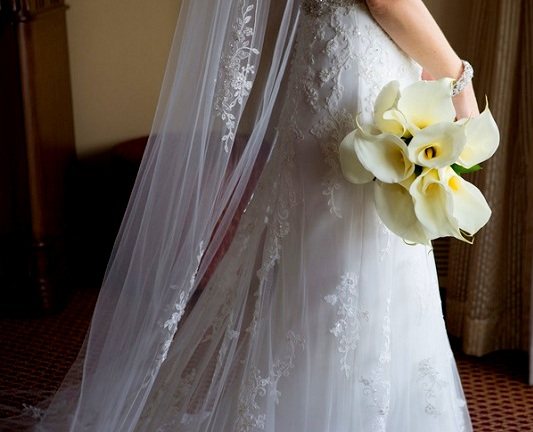

Refuse excessive shine and chic in the decor by choosing fashionable bouquets of flowers in paper 2019-2020. The best bouquets of flowers have one feature - the focus of attention should be the most delicate and unique flowers, but not the decor.
Stylish mono bouquets in paper of roses, peonies, tulips, hydrangeas, ranunculus, as well as compositions of fresh flowers with orchids, succulents and wildflowers will be the best choice for a solemn and festive occasion in your life.
In addition, bouquets of flowers are unusually stylish with additions in the form of cotton, fruits and even toys, which will allow you to make the most amazing and unusual bouquets of flowers 2020-2021, which will surprise anyone!
Look for the best bouquets of flowers 2019-2020 of the year in the most unusual and original designs for any occasion - photo examples are shown below ...
Flax blue
This perennial has sky-blue flowers, thin but strong stems that grow up to 35 cm. The flower is five-petal, 3 cm in diameter, the leaves are small. The flower opens and blooms only one day, but the next day it is replaced by hundreds of others. Within two months, the bush will be covered with a pale blue cloud.
Secrets of Successfully Growing Ixia in the Garden
For this plant, sunny places with soil, in which there is no stagnant water, are suitable. He does not need special care, it is enough to water, remove wilted flowers and cut off in the fall. He needs moderate watering, he can endure the drying out of the soil, he does not need shelter for the winter.
Blue flax looks beautiful in group plantings. It can be planted on a Moorish lawn or in a rock garden. For joint planting, this plant is suitable: herbal clove, yellow sedum, white Carpathian bells.
Which brides are suitable for?
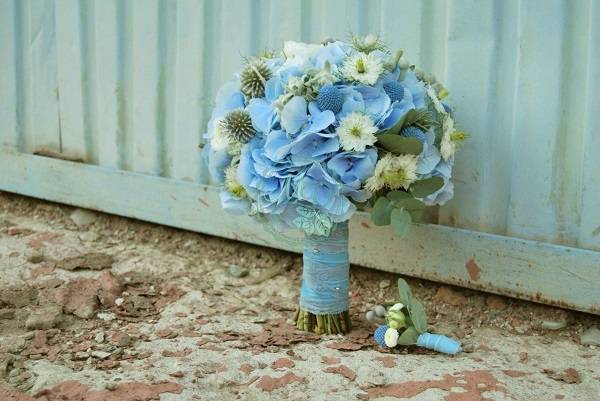

Blue is versatile. It perfectly sets off the fresh beauty of a very young girl and makes the image of an older woman sublime and mysterious.
Blue bouquets seem to be created for shining spring and hot summer. They add a fresh accent that fits perfectly into the surrounding reality. But also golden in autumn or contrasting white in winter, shades of blue look worthy, recalling airiness and romance.
As for the color type of the bride, here too a wide palette of blue tones will allow you to choose a suitable option for both a delicate blonde and a burning brunette or a bright red-haired lady.
Blue goes well with white. This composition looks incredibly fresh and solemn.Beige or pink will make the heavenly shade even more delicate, sublime, romantic. If you want to add more mystery to the blue bouquet, then feel free to choose a lilac pair with it.
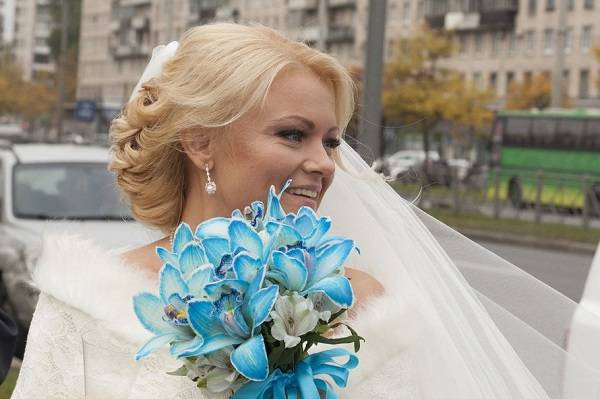

Most often, the blue bouquet is present at themed non-standard celebrations., and indeed - such an accessory is ideally combined with a straight or Greek dress, high waist, natural fabrics.
Aconite - warrior's helmet
Aconite is a tall perennial plant with flowers of an unusual shape, because they look like a warrior's helmet. It reaches a height of 50 to 150 cm, if the stems are curly, they can grow up to 400 m in length. Aconite blooms all summer until mid-autumn. Aconite nodule is most suitable for growing in the open field. Its inflorescences have blue, blue, purple hues.
Any soil is suitable for planting aconite, except for sandy and stony, without an excess of moisture. It can grow in shade and partial shade, it gets along well next to trees. Aconite care requires standard: weeding, loosening and watering.
Both organic and mineral fertilizers are suitable for feeding. In the spring, compost is applied under each bush so that the flowers have a richer color, and fertilizers - once at the beginning of flowering.
Among the flowers for the garden, you can easily choose types with blue, blue or purple flowers. Some of them are demanding and capricious, while others, on the contrary, do not need special care. Nevertheless, in both cases, the reward for the efforts made will be the beauty of a blooming garden.

